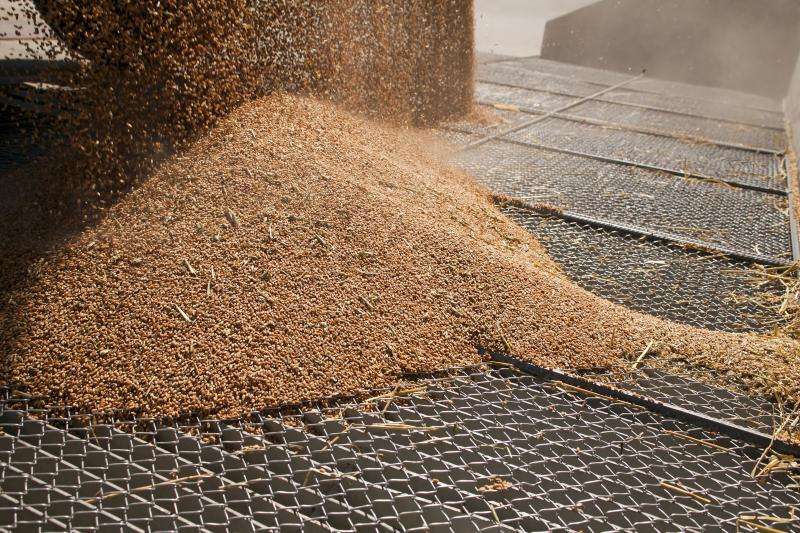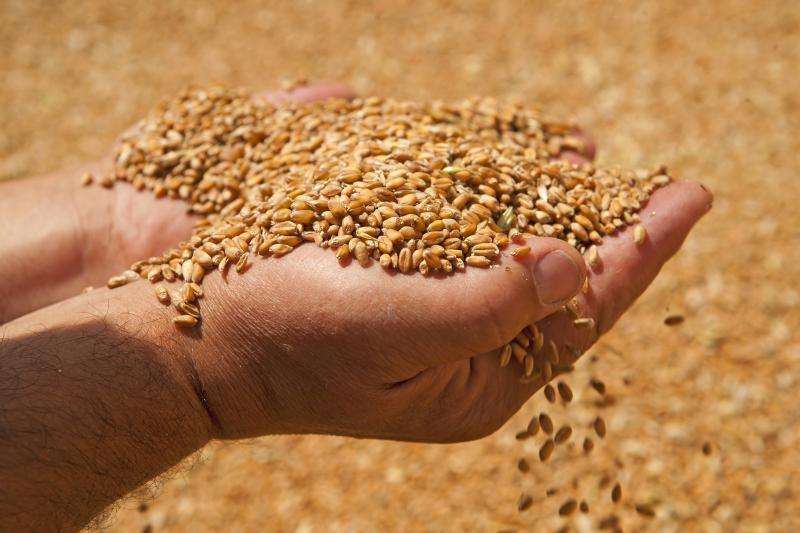Company eliminates pests from stored grain with ozone and reduce costs

A new process replaces the chemical tablets phosphine and methyl bromide, which are toxic and carcinogenic, used in traditional spraying methods. This new process avoids the usual loss of 18 percent of product damaged by pathogenic organisms.
The Mexican company Scientific Advice in Water Studies (ACEA), has developed an engineering process for the elimination of pests, sanitation and preservation of stored grains such as corn, beans and wheat using ozone, which is nontoxic and reduces the costs of grain fumigation by 60 percent.
Technological innovation is of great importance for agricultural states like Sinaloa in the North of Mexico, the leading producer of white maize in the country, but the hot and humid climate favors the proliferation of all kinds of pests.
The project involves injecting ozone, which is obtained from ambient oxygen via electric shock, into the industrial silos.
The produced ozone is efficiently distributed within the silo using a mobile system, which easily travels from one container to another to serve a greater number of silos.
The researcher explains that "ozone is triatomic (molecule composed of three atoms) oxygen, which is very reactive and has the virtue of not polluting or leaving toxic residues, while eliminating odors and fungi and sanitizing grains such as corn, beans, wheat, sorghum and rice," says researcher Llanes Ocaña.
Moreover, the process replaces chemicals like phosphine and methyl bromide used in traditional spraying methods, which are toxic and carcinogenic.

The chemical expert explains that the common spraying method is used in doses of four tablets of phosphine per ton of grain. "If 22 million tons of maize are produced in Mexico, we are talking about 88 million pills; resulting ecological damage is avoided with the new process."
He says that on average, about 10 to 18 percent of grain stored is lost because of pests, which can be avoided with the application of this innovation. He also seeks to export the technology to Brazil, Argentina, Canada and the United States.
The researcher and his team developed the project over 12 years and registered the patent in 2011, which was validated by the laboratory of the Research Center for Food and Development (CIAD).
The study began in a laboratory of the University of Sinaloa, then moved to the industrial level with the acquisition of the patent. This technological innovation is currently marketed in Mexico and Canada by a private company (Empresa Operadora de Granos Almacenados SA de CV) through a contract and confidentiality agreement with Scientific Advice in Water Studies (ACEA).
Provided by Investigación y Desarrollo




















